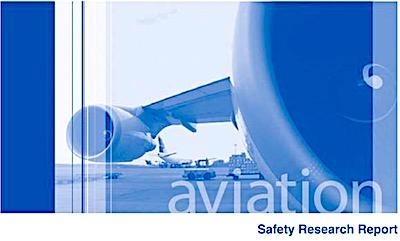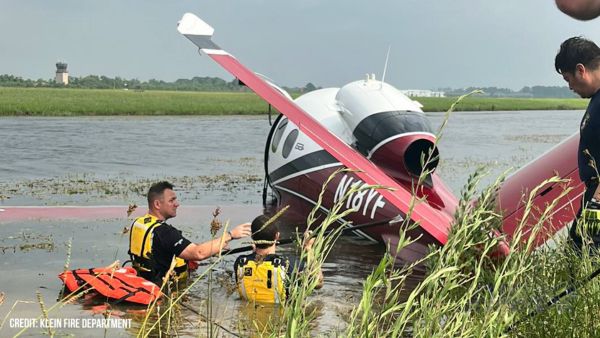Report Details Information On The Prevalence Of Various Types Of Drugs In The Bodies Of Fatally Injured Pilots
The NTSB said Tuesday the prevalence of prescription, over-the-counter and illicit drugs found in bodies of fatally injured pilots has continued to trend upwards since its last study of the issue in 2014.

The finding was published in a Safety Research Report, ‘2013 – 2017 Update to Drug Use Trends in Aviation.’ The report details information on the prevalence of various types of drugs in the bodies of fatally injured pilots.
The 2014 study, ‘Drug Use Trends in Aviation: Assessing the Risk of Pilot Impairment,’ examined toxicology results from pilots killed in plane crashes between 1990 and 2012. For the update to the study investigators examined toxicology results from pilots who died in plane crashes between 2013 and 2017. Almost all of these crashes – 97 percent – were in general aviation.
Investigators noted a positive toxicology finding didn’t necessarily indicate that the pilot was impaired at the time of the crash, only that the pilot had used a specific drug (or drugs) at some point prior to the fatal accident.
Of the 952 pilots fatally injured between 2013 and 2017 with available toxicology tests results, 28 percent tested positive for at least one potentially impairing drug, up from 23 percent in the 2014 study. Fifteen percent were positive for at least one drug indicating a potentially impairing condition, an increase of 3 percentage points from the 2014 study. Ten percent showed evidence of use of at least one controlled substance, compared to about eight percent in the 2014 study. About five percent tested positive for an illicit drug, a slight increase from the less than four percent in the 2014 study.
One of the key findings in the 2014 study was that pilots lacked access to information about potentially impairing drugs and non-impairing alternatives. The Federal Aviation Administration, in response to an NTSB recommendation, recently published guidance to pilots for reading and understanding medication labels as well as information on how long a pilot should wait before flying after using a potentially impairing drug.
“The plain language information on potentially impairing over-the-counter drugs that the FAA has made available to pilots can be an extremely valuable safety resource,” said NTSB Chairman Robert L. Sumwalt. “Now all pilots can quickly and easily find information on potentially impairing drugs and even find possible alternatives that are safe to use while flying.”
The report also revealed an uptick in the percentage of fatally injured pilots who tested positive for tetrahydrocannabinol (THC), the psychoactive compound in marijuana. The NTSB concluded that evidence of this drug use presents a safety hazard that hasn’t been effectively addressed and called for the FAA to explicitly inform pilots that marijuana use by airmen is prohibited.
End Alcohol and Other Drug Impairment is on the NTSB’s 2019-2020 Most Wanted List of transportation safety improvements. The issue area addresses impairment in aviation as well as other modes of transportation.
“Simply put, impairment can kill,” said Sumwalt. “There’s still a lot of work to do to eliminate impairment-related accidents on the roads, on the rails, on the water and in the skies.”
(Source: NTSB news release)
 Aero-News: Quote of the Day (05.25.24)
Aero-News: Quote of the Day (05.25.24) Airborne 05.22.24: NS-25 Chute Failure, #HonorTheWASP, SkyCourier 'Combi'
Airborne 05.22.24: NS-25 Chute Failure, #HonorTheWASP, SkyCourier 'Combi' Aero-News: Quote of the Day (05.26.24)
Aero-News: Quote of the Day (05.26.24) ANN's Daily Aero-Linx (05.26.24)
ANN's Daily Aero-Linx (05.26.24) Klyde Morris (05.24.24)
Klyde Morris (05.24.24)



